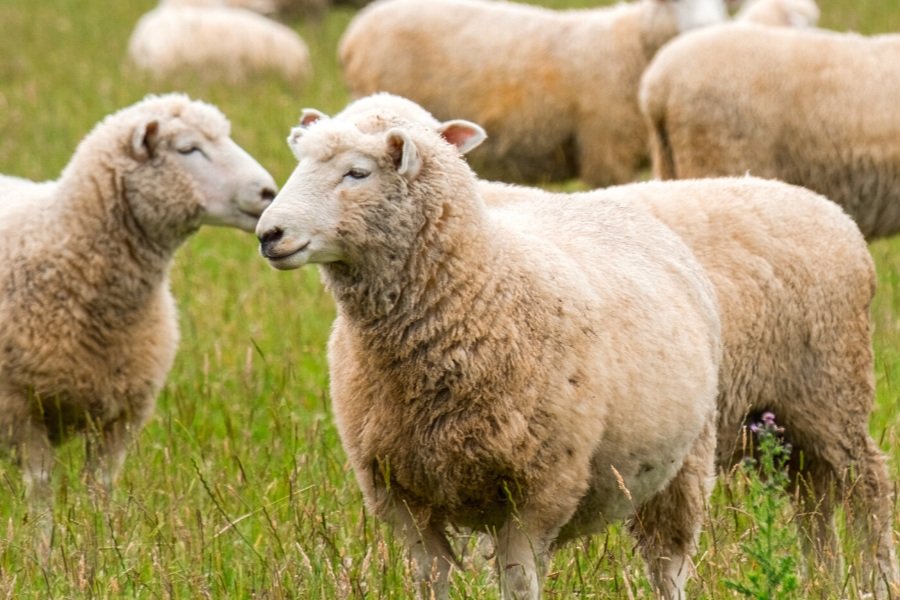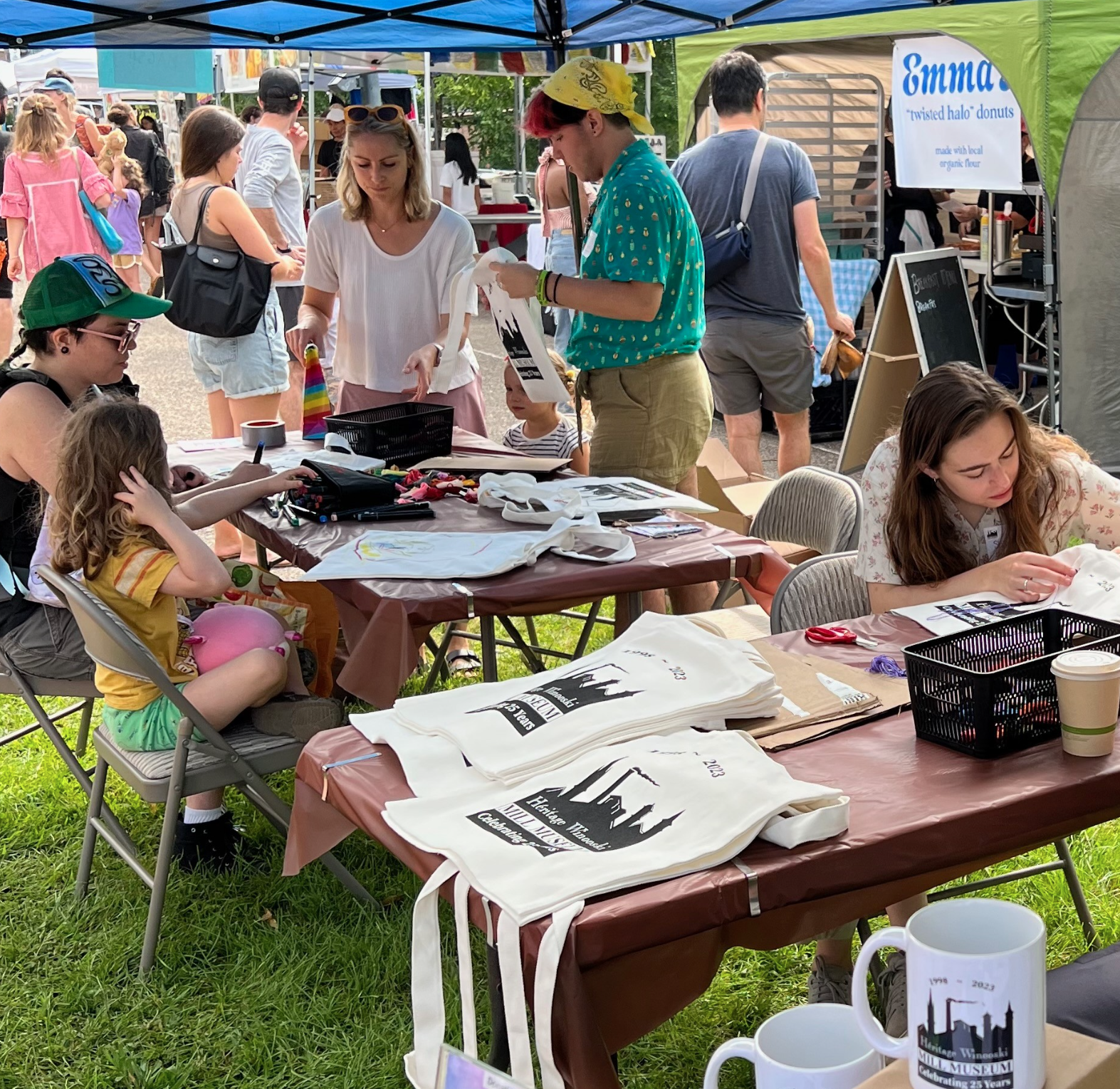Wool festival gives farmers an outlet to sell their goods
Photo Courtesy of the Utah Department of Agriculture and Food
Jordan Barbour reported this story on assignment from The Bradford Journal Opinion. The Community News Service is a program in which University of Vermont students work with professional editors to provide content for local news outlets at no cost.
WASHINGTON—Kim Goodling has spent nearly double this year to buy hay for her Gotland sheep at Vermont Grand View Farm.
With higher costs for hay production that have lingered since the COVID-19 pandemic, farmers who grow and sell the feed have passed on those expenses to their customers.
Most of her hay has come from out of state, and transportation costs are up too, said Goodling, who tends to her 35 sheep full time at the farm in Washington. On top of that, the July flooding in Vermont delayed deliveries.
With farm finances tight, Goodling pulled money out of her own household coffers to feed her Gotlands, a sturdy Swedish breed with curly silver locks. Otherwise, she said, she would have to send them to slaughter.
“On multiple levels, I'm not willing to do that,” Goodling said. “I'm willing to sacrifice from our personal budget and use that money to support our sheep for the winter.”
On Sept. 30, Goodling will join other Vermont sheep farmers and New England fiber artists for the 35th Vermont Sheep & Wool Festival at the Tunbridge Fairgrounds. They flock to the festival every year to sell handmade clothing and yarn, offer workshops and show off their shear-ly sensational specimens of sheep, goats and alpaca.
This year, though, the festival carries extra weight.
Between extreme weather, rising costs of goods and a few years of canceled fiber events during the pandemic, farmers are struggling to maintain their businesses. Festivals are the primary way they sell their farms’ goods. For some, the Vermont festival will provide significant income that can keep their farms afloat.
Sheep farming has a long history in Vermont. According to the Vermont Historical Society, almost 1.7 million sheep lived in the state in 1840 during the “sheep boom.”
While sheep farming is not ‘booming’ as it was nearly 200 years ago, the trade continues in Vermont because the wool-laden mammals adapt so well to its climate. Still, economic pressures and increasingly unpredictable weather due to climate change have presented sheep farmers with new challenges.
Marianne Dube, owner of Mountain Vewe Coopworths in West Newbury, said higher costs for hay, fertilizer and grain also have strained her farm this year. Dube has combated the rising prices by doing most of her own labor — washing and even dyeing the wool by hand, then driving it to a spinnery that turns it into yarn.
“It’s a lot of work,” she said, “but it’s work I enjoy, especially the dyeing. I love working with color.”
While she has kept prices for her farm’s raw fleece and yarn steady this year, she said she expects that Mountain Vewe will likely have to boost prices next year, when she will sell the products that are currently costing her more to produce.
“I do as much of the processing myself as I can, in order to try to keep my product affordable for people,” she said.
Dube has a full-time job at a local bank and manages her 30 to 35 Coopworth sheep in her spare time. The New Zealand breed is known for long wool coats and an ability to withstand wet weather, so they did fine during the July heavy rain.
The saturated ground caused a few trees to fall into her pasture, but Dube considers herself lucky that her operation is high enough on a hill that it was not swamped.
Even increasingly warmer temperatures with climate change have little effect on sheep and the wool they grow, Dube said. The extended grazing seasons in spring and fall actually are favorable for the animals.
Dube has attended the Vermont Sheep & Wool Festival as a vendor for 25 years. This is Goodling’s 15th year there.
Particularly after the festival sales lost during the pandemic, the event is important as a source of income, the farmers said. And it is also a chance to educate and connect with their local community.
“The greatest thing that could happen would be for those gates at the festival to just be flooded with people that are showing up,” Goodling said, “not just to buy the products but to show their support and appreciation.”
The Vermont Sheep and Wool Festival is scheduled for Sept. 30 from 10 a.m. to 5 p.m. and on Oct. 1 from 10 a.m. to 4 pm. For more information, visit https://vtsheepandwoolfest.com/.








